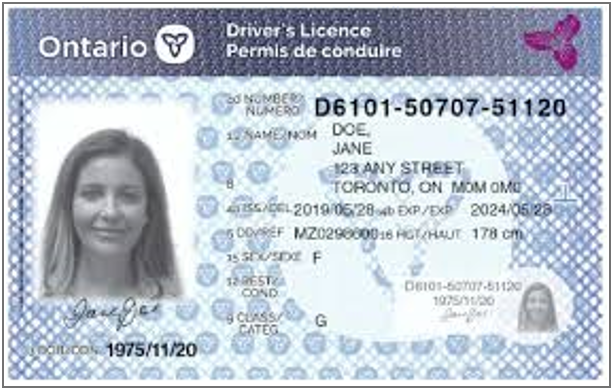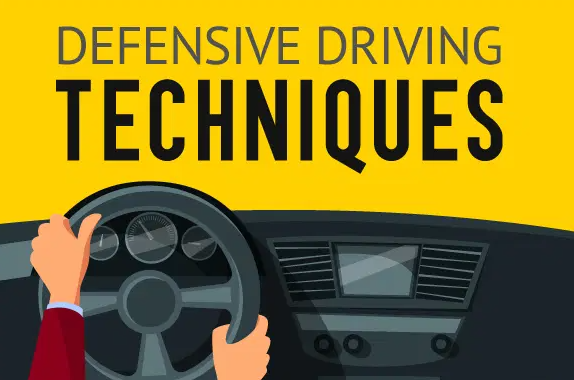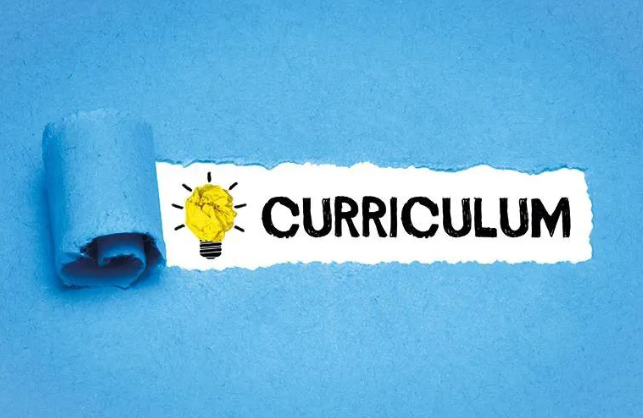Defensive driving is a particular style of road driving that utilizes a variety of techniques and tactics to keep you and everybody else safe on the road. By attending a defensive driving course, you will learn how to minimize the risk of being involved in an accident.
Here are 9 Top Tips for defensive driving:
1. Managing the space around your vehicle.
A safe distance is key to avoiding collisions on the road. When driving down the road it is important to keep a safe distance from other cars in front of you to avoid any sudden stops or emergencies. Maintaining a safe distance not only helps you avoid accidents but also gives you more time to react the sudden changes in traffic. As a rule, try to keep a safe distance of at least two seconds from the car in front of you. When driving at high speeds or in adverse weather conditions, it’s recommended to increase your following distance to three or four seconds.
2. Managing your Speed.
There are some steps for managing your speed: The posted speed limit is there for a reason, and it’s important to obey it. Driving within the speed limit ensures that you have enough time to react in unexpected situations. Your speed should match the conditions of the road you’re driving on. If it’s raining or the road is wet, slow down to avoid losing control of your vehicle. Try to avoid distraction like using cellular devices when driving down the road or drinking or eating. Also, try to use cruise control specially when driving on high speeds like Highways.
3. Maintaining awareness of other road users.
Maintaining awareness with other road users is very important when it comes to driving. Stay Alert like pay full attention on the road and the traffic around you. Checking your mirrors for other vehicles, cyclists, or pedestrians around you. Make sure to check your blindspots regularly. Leave enough space between your vehicles and others on the road. Be patient and avoid aggressiveness like honking or tailgating. Remember others have the right to be driving on the road as well. Look ahead and anticipate any potential hazards, like traffic lights and stop signs. This helps you prepare for any necessary maneuvers and avoid sudden stops.
4. Information Gathering.
When driving, gathering information about your surroundings is crucial for staying safe on the road. Here are some ways you can gather information when driving: Use your senses: Use your senses to gather information about your surroundings. Look ahead to see what’s coming up on the road, listen for any sirens or honking, and feel the vibrations of your vehicle. Check your mirrors: Use your mirrors to check for other vehicles, cyclists, or pedestrians around you. Be aware of blind spots and check them regularly. Read road signs: Read Road signs to get information about speed limits, upcoming exits, and other important details. Use GPS or maps: If you’re driving in an unfamiliar area, use GPS or maps to help you navigate and get information about your route.
5. Effective use of your Mirrors.
Using your mirrors effectively is crucial for safe and responsible driving. Adjust your mirrors: Before driving, adjust your mirrors to give you a clear view of the road behind you. Make sure you can see the entire lane next to you and the lane behind you. Check your mirrors regularly: Check your mirrors regularly to be aware of your surroundings. This includes changing lanes, merging into traffic, or making turns. Be aware of blindspots: Be aware of your vehicle’s blind spots, which are areas that your mirrors may not show. Check over your shoulder to make sure there are no vehicles or obstacles in your blind spots before changing lanes. Use your mirrors to anticipate traffic: Use your mirrors to anticipate traffic and be aware of any vehicles or pedestrians approaching you from behind. This helps you prepare for any necessary maneuvers and avoid sudden stops.
6. Using good communications include signals.
Using good communication on the road is important for safe and efficient driving. One way to communicate with other drivers is by using signals. Use turn signals: Use your turn signals to indicate your intention to turn or change lanes. This alerts other drivers and helps prevent accidents. Use hand signals: In case your turn signals are not working, or you are riding a bicycle or motorcycle, use hand signals to indicate your intention to turn or stop. Use hazard lights: Use your hazard lights to indicate that you are slowing down or stopping suddenly, or if your vehicle has broken down. Use horn: Use your horn to alert other drivers of your presence or to warn them of any potential danger. Avoid overusing signals: Avoid overusing your signals, which can be confusing to other drivers. Only use your signals when necessary.
7. Expecting the unexpected (Like Car broke down).
If your car breaks down unexpectedly on the road, it can be a stressful situation. Stay calm: Try to remain calm and focused and turn on your hazard lights to alert other drivers that your car is not moving. Get off the road: If possible, move your car to the side of the road or a safe location. This helps prevent accidents and keeps you out of harm’s way. Call for help: If you have a cellphone, call for roadside assistance, a tow truck, or the police. If you don’t have a cellphone, use the emergency phone on the side of the road or ask a passerby to call for help. Use warning devices: Use warning devices like flares or reflective triangles to make your car more visible to other drivers. Stay inside your car: Stay inside your car and lock the doors. Only roll down the window a small amount if you need to speak to someone outside. Be prepared: Carry an emergency kit in your car that includes a flashlight, first aid kit, water, snacks, and warm clothing. Also, make sure your cellphone is charged before embarking on a journey.
8. Staying alert and aware.
Staying alert and aware of when driving is crucial for safe and responsible driving. Get enough sleep: Get enough sleep before driving and avoid driving when you’re tired or drowsy. Fatigue can impair your judgment and reaction time. Avoid distractions: Avoid distractions like texting, talking on the phone, eating, or applying makeup while driving. Stay focused on the road and avoid multitasking. Use your senses: Use your senses to stay alert and aware of your surroundings. Listen for sirens or horns and look for potential hazards on the road. Scan your environment: Scan your environment for potential hazards like pedestrians, cyclists, and animals. Also, be aware of road conditions, weather, and traffic signs. Be aware of other drivers: Be aware of other drivers on the road and anticipate their movements. Look for signs that they may change lanes, turn, or make sudden stops. Take breaks: Take breaks when driving for long periods to avoid fatigue and maintain your alertness.
9. Abiding by traffic rules and laws.
Abiding by traffic rules and laws is crucial for safe and responsible driving. Know the rules: Familiarize yourself with traffic rules and laws in your area. These may include speed limits, traffic signals, road signs, and right-of-way rules. Respects speed limit: Follow posted speed limits, and adjust your speed according to road conditions, weather, and traffic flow. Stop at red lights and stop signs: Come to a complete stop at red lights and stop signs, and check for oncoming traffic before proceeding. Wear a seatbelt: always Wear a seatbelt when driving, and make sure all passengers in your car wear seatbelts as well. Don’t drink and drive: Never drink and drive or drive under the influence of drugs. This impairs your judgment and reaction time and increases the risk of accidents. Maintain your vehicle: Maintain your vehicle to ensure that it is in good working condition, with properly functioning brakes, tires, lights, and other components.
Remember, following traffic rules and laws is essential for safe and responsible driving. By knowing the rules, following speed limits, stopping at red lights and stop signs, using turn signals, wearing a seatbelt, yielding to pedestrians, avoiding driving under the influence, and maintaining your vehicle, you can abide by traffic rules and laws and prevent accidents.



